By Avi Tyagi
So… things have changed since part 1. The Nets were cut down and Phoenix rose from the muddled West. With Zion down, the Pelicans sputtered their way out of the 3 seed and into the messy play-in realm on the backs of a 3-15 stretch with a prominent 10-game losing streak. Steph Curry’s injury has once more jeopardized the Warriors’ season and Kyrie Irving now dons Mavs’ blue and green. The Kyrie Irving and KD trades represent perhaps the most meaningful long-term trade deadline moves since the Clippers traded the first-round pick used to select Kyrie. As such, both parts of my original piece were rendered completely void. So, much like the Nets, I am pivoting away from my original premise to redetermine the potential contenders in each conference and to examine what they did at the deadline. In the East, the 76ers, Celtics, and Cavaliers remain, but the landscape has changed out West. I will discuss the Eastern teams first.
The 76ers exchanged Matisse Thybulle for Jalen McDaniels. The older McDaniels is less extreme in both his strengths and weaknesses compared to Thybulle and will likely earn more minutes as a reliable fit next to the 76ers stars. McDaniels might give them an opportunity to pivot within a series if P.J. Tucker’s supremely limited offensive role becomes a question mark, but a rangy defender is still needed on the court. He might even allow the Sixers to pursue more Tucker-at-the-5 lineups with Embiid off the court if Philly is actually interested in such a thing. As of now, here would be their primary playoff rotation:
| Point | Harden | Milton |
| Combo | Melton | Maxey |
| Wing | Tobias | McDaniels |
| Forward | Tucker | Niang |
| Big | Embiid |
It’s an easily identifiable, set in stone depth chart. 5-8 minutes of backup big production might come down to the series and whomever the coaching staff trusts to play best in the moment. The roster is very strong, and for once, they are few offensive liabilities on the court at any given time. The floor will most likely be spaced as well as could be expected to surround the Harden-Embiid PNR. It will be up to the stars and the coaching staff to take advantage of the situation.
Mike Muscala has been a positive player for the Thunder whenever he has been on the court. In 824 minutes with Muscala and Shai on the court, OKC outscored opponents by an average of 8.5 points per 100 possessions. It’s become a classic Celtics move: take an undervalued, effective player and add them to the rotation to fill a need around Smart, Tatum, and Brown. Pritchard and Gallo might be 13th and 14th, respectively, in the Celtics’ hierarchy. They are ridiculously deep. For as great as the Jays have been over the last 2 seasons, they do get to play in what are arguably the coziest confines in the NBA. It cannot be understated how effective every member of the supporting cast is and how the lack of weak links raises the individual and team impact value for each player when they are on the court, stars included. This is a projection of their principal playoff rotation:
| Point | Smart | Brogdon |
| Combo | White | |
| Wing | Brown | |
| Forward | Tatum | Grant Williams |
| Big | Horford | Rob Williams |
Sam Hauser, Blake Griffin, and Luke Kornet probably won’t even be major contributors to the C’s’ playoff run, but they have filled their limited designated roles admirably. Muscala offers another weapon as a true 5-out option for the Celtics to space the floor out if Grant Williams is in foul trouble. You could argue that the Celtics’ 8 main rotation pieces are all true starters on most other playoff teams. Tatum and Brown get to work much less on defense than many of their counterparts because of the switchable, attentive, and aggressive defenders around them. At the same time, the bigs are positionally excellent passers, Smart is a wonderful distributor, and the floor is spaced at all times by offensive threats who can attack closeouts, make quick reads, or just drill open shots. Jaylen Brown is an improved passer and Jayson Tatum is an improved isolation option with a better driving and finishing package than last season, but the MVP chatter often understates the roles of the supporting cast. The supporting cast has helped the stars thrive just as the Jays have helped their teammates adapt to roles that maximize team performance. The featured stars on a team may be more influential than any individual role player is, but, too often, the best player on the best team is proclaimed an MVP candidate first and foremost due to team performance. Not every great team has a LeBron-level, mega-star influencing team results to a similar magnitude as a top-tier quarterback. The 5 players on the court can work together equally and lift all boats with their combined forces. The Celtics are the best example of that in the modern NBA.
The Cavaliers are the most dangerous young team in the NBA. They are one of the slowest teams at getting into sets and too much of their offense is dependent on late shot clock bailouts from their star guards. Only the Philadelphia 76ers generate a higher percentage of their shots with 7 seconds or less left on the shot clock. They could generate more efficient looks if they could improve the tempo by which they run into sets. Even with some areas to improve (that could be expected from a young team incorporating a young superstar), the Cavs are still a top 8 offense in the league in points per play. With Okoro stepping up his game over the last month, their 5 starters are all 26 or younger. Caris LeVert has played well enough on defense to allow for his inconsistent shot making to be a key component off the bench. Cedi Osman continues to hit shots and has also become an acceptable defender and Dean Wade is still the glue that holds everything together. Mobley is not even fully formed yet, and he has still been so special. The numbers don’t lie, they give you an opportunity to find the truth. While Mobley’s surface-level box score numbers appear similar and his impact metrics appear to have regressed from last season, nothing could be further from the truth. Mobley’s true shooting percentage jumped up 4%, despite especially poor 3 point shooting this season. Why? Because year-2-Mobley is stronger and a more forceful presence at the rim. He can drop step his way into more dunks and added core strength has improved his balance on quick post ups and duck in layup opportunities in traffic. On defense, he’s been as effective as ever, despite some historically unlucky shooting data. Opponents were shooting 31% on wide open 3s with Mobley off the court and 39% on the same shot types with him on the court. While Mobley definitely roams off of corner shooters at times, he is not responsible for poor 3 point shooters collectively outperforming their expected percentages over the course of the season. It’s not sheer luck for the shooter, but it is for the opponent who has to face the hot shooting stretches consistently. The disparity was even greater earlier in the season, but has since levelled out. That 7% disparity is still the largest in the entire league by around 2% (among players with 500 minutes played). Over the course of time, you would not expect a meaningful gap between the two values to exist. The Jarrett Allen – Evan Mobley duo is still peanut butter and jelly on defense. What Mobley lacks in strength as a drop or post defender, Allen accounts for. Meanwhile, Mobley may have already stamped his mark as the most polished perimeter defender “true big” within his second season. Garland and Mitchell are a top-2 backcourt across the league, due to their ability and determination to play off one another and maximize their collective strengths. This duo is one of the most prolific 3-point shooting duos in the entire league, opening up driving lanes for teammates such as Okoro. They can each generate paint touches and move off ball to generate open shots for themselves and teammates. Mitchell is their best isolation threat and has improved as a defender, while Garland is their best passer and can Nash his way through the paint to find Mobley or Allen for dunks. The synergy on the court and off the court appears impeccable. While they were often regarded as the young upstarts meant to be shoved aside in discussions for the Nets, Sixers, Celtics, and Bucks, they could easily be a conference finalist this season. They have the second-best conference Cleaning the Glass net rating this season, (behind only the Celtics), both of their ball-handlers are good-to-great passers and exceptional scorers, their offense is not bogged down by a lack of spacing or perimeter creation, and Okoro’s ability to guard the full gamut of first options from Pascal Siakam to Damian Lillard and almost everyone in between has helped make Cleveland a top 2 defense. If this team were in the Western Conference, I would comfortably establish them as the favorites. They are that good.
When I was trying to picture a sound last-minute move for the Cavs, I was initially thinking of moving Caris LeVert. However, he’s been acceptable on defense with a contract structure that gives them flexibility in the offseason and the Cavs lacked the other assets needed to truly make a run for an elite closing 5 member. I just wanted them to gain another bench wing who would have the size to play the 3, would knock down open 3s, and would provide acceptable team defense, all without compromising team chemistry. That is a difficult needle to thread, so I ultimately understood why they were not able to emerge as a contender for any big trade deadline candidates. Lo and behold, they poached Danny Green from the buyout market. It is a fantastic addition. Even if he hasn’t looked like himself in his sparing few minutes since his return, that was to be expected considering the nature of his injury. Realistically, they need Danny Green in 2 and a half months. Even if he doesn’t look like the decade-long high-level starter he can be, Green seems willing to play a smaller role off the bench and be a reliable vet for a young roster with limited playoff experience. Bonus points for a homecoming for the franchise’s former 46th pick. Here is the Cavs’ projected playoff rotation:
| Point | Garland | |
| Combo | Mitchell | LeVert |
| Wing | Okoro | Cedi |
| Power Forward | Mobley | Dean Wade |
| Big | Allen |
Danny Green, Ricky Rubio, and Kevin Love can all make contributions for short intervals depending on how they are feeling at the time. With good health, it is a deep enough roster to make a proper playoff run if given the opportunity.
Since I’ve already mentioned the other 3 premier teams in the East, I figure I should at least mention the Bucks now. Their offense has been putrid for long stretches of the season, but I’m considering including them as a contender now because of Middleton’s return from injuries and improved play. Additionally, the addition of Crowder might change their entire lineup construction. I’ll show a Before and After version of their roster to explain what I mean.
The Bucks’ depth chart for majority of the season:
| Point | Jrue | |
| Combo | Jevon | |
| Wing | Grayson | Connaughton |
| Forward | Giannis | Ingles |
| Big | Brook | Portis |
If this version of the Bucks were what we should reasonably have expected to be made available for the playoffs, they would lack the firepower and defensive versatility to last in the playoffs. Even the eventual champion Bucks, with their big 3 fully healthy and P.J. Tucker on the roster, struggled massively on offense against most opponents, including an otherwise poor Nets defense. Aside from even the Nets’ injuries, perhaps the best opponent that the Bucks did not have to face that season were the fully healthy Clippers. Granted, the Donte DiVincenzo injury opened up a gaping rotation hole for a roster built on the foundation of 5 quality two-way starters and likely hurt them more than it would most others. At full strength, that Bucks team may have had more options for small-ball lineups and the important excellent 4th ballhandler that they otherwise lacked. With fewer minutes for their bench rotation, that team may still have won the title even with all other opponents at full strength. However, there were fewer contenders across the league at the time (particularly in the East) than they are now. With a revamped 76ers roster, a burgeoning Cleveland juggernaut, and the established and improved Celtics all already present, it would not be reasonable to expect this version of this year’s roster to be a true contender for the conference, much less the whole thing. The Giannis offense can struggle for efficiency without elite secondary creators around him. His passing reads have improved but teams with the personnel to stifle him at the rim and, if surrounded by subpar perimeter shot makers, teams can blunt his overall attack and drag down his shooting efficiency. Giannis is not an athlete who zooms through small openings; rather, he trucks through defenders and elongates his stride to create rim finishes. With proper timing, help, and footwork, those advantages can be made less potent. Last season’s matchup against the Celtics was a prime example. Against the Celtics, Giannis was overburdened with a box creation usage in the high 60s and he correspondingly has a true shooting percentage of 51.6% and he averaged over 5 turnovers a game. Grayson Allen was a helpful 3-point shooter in theory, but he is not a movement shooter and he was relentlessly attacked by Tatum and the wings who were otherwise struggling to generate good shots. The Bucks did not have the personnel to try many other options other than drop coverage with Brook and the 3-point prowess of the Celtics proved too much. The Bucks’ roster that we have seen for much of the season is more in line with the team that lost in the conference finals last season. With Crowder on the team and Middleton back in the fold, this team looks different.
| Point | Jrue | Jevon |
| Wing | Khris | Grayson |
| Small Forward | Jae | Connaughton |
| Power Forward | Giannis | Ingles |
| Big | Brook | Portis |
This is the depth chart of a contender. I would argue that a healthy version of this roster is comparable to the title winning team because of the variety of acceptable bench options. The mainstays are the same, in for Donte and Tucker are Joe Ingles, Grayson Allen, Jevon Carter, and Jae Crowder. Ingles is still an excellent secondary passer and good 3-point shooter. Grayson Allen can slot into a bench 3 point marksman that he is better equipped for. Jevon Carter allows for the Bucks to have 48 minutes of borderline-perfect screen navigation and defensive intensity across the perimeter. Most importantly, Jae Crowder, at his best, is a 3-and-D power forward who can allow the Bucks to slide down and play more Giannis at the 5 lineups. Jae Crowder should not be guarding out at the perimeter and is not the defender P.J. Tucker is, but he offers more shot making upside as a cutter, finisher, and 3-point shooter from areas other than just the corners. I need to see how the Bucks gel over the course of the remainder of the season, but it would not surprise me if they were my pick for the favorites from the Eastern Conference (and the league as a whole) by the time the playoffs arrive.
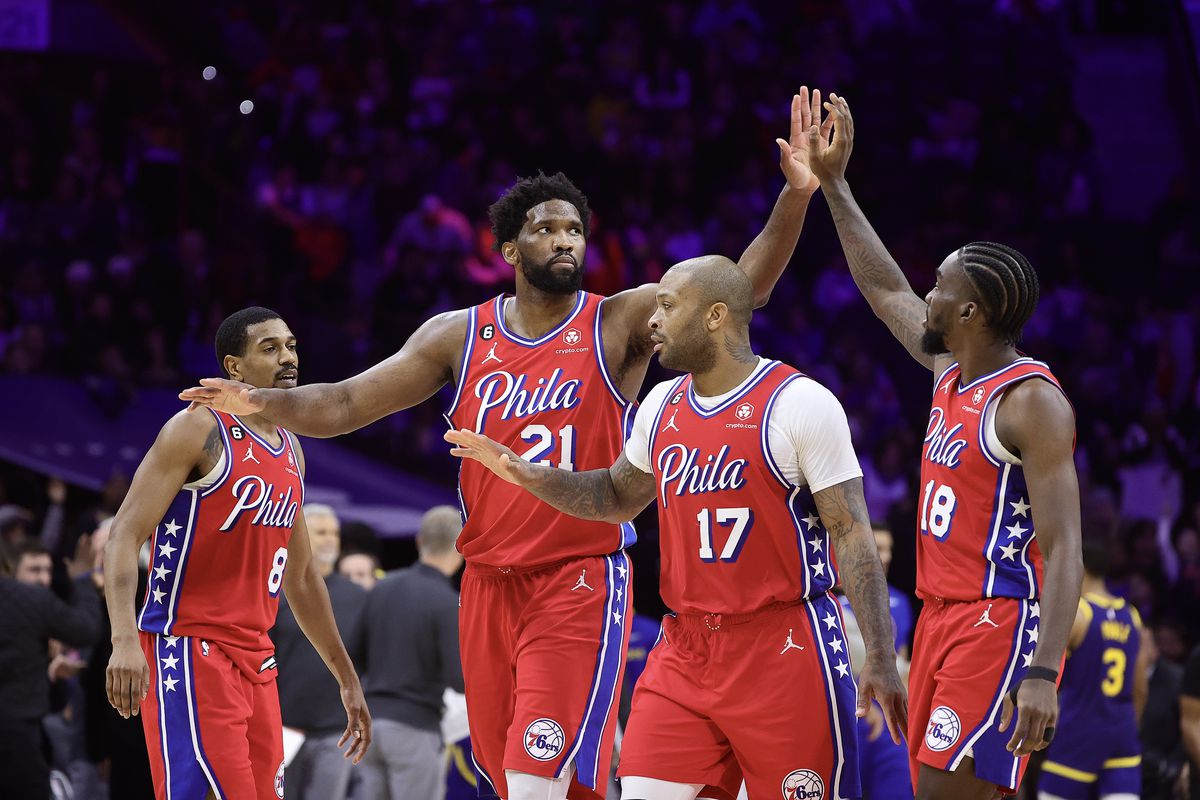
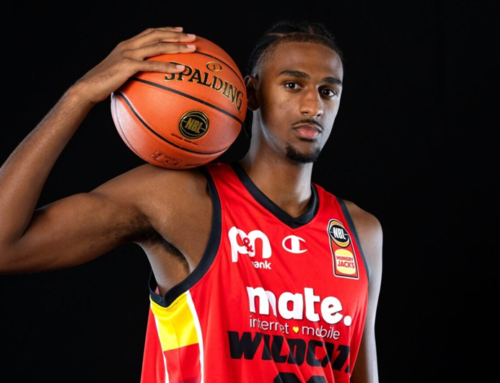
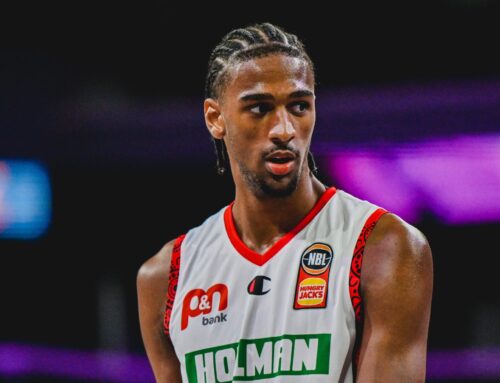
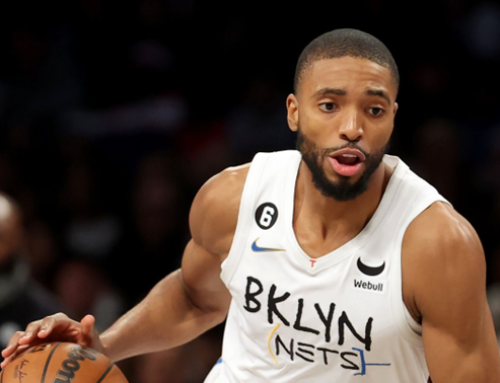
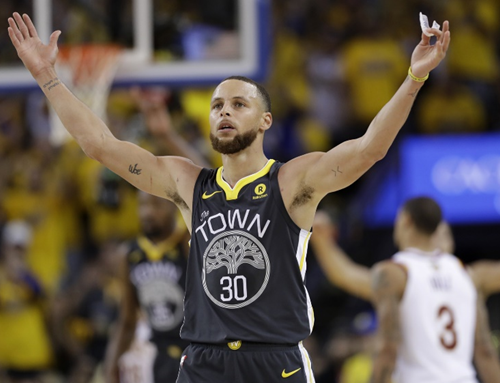
Leave A Comment